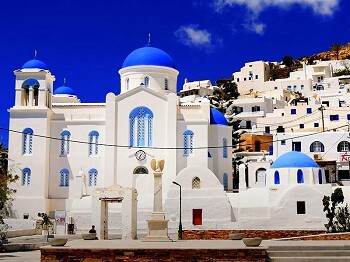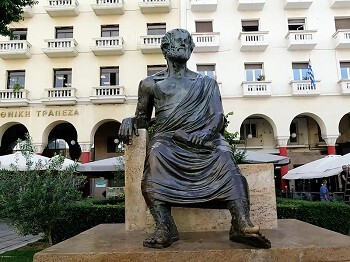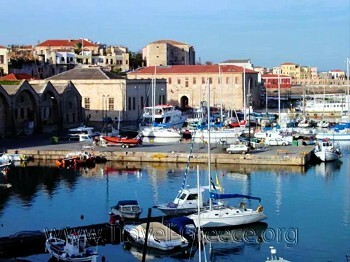The new Acropolis Museum, situated at the crossroads of Makriyanni and Dionysios Areopagitis Streets, stands impressively amidst the garden of the Weiler Building. Crafted by architect Bernard Tschumi, it stands as a pinnacle of modern museum architecture globally.
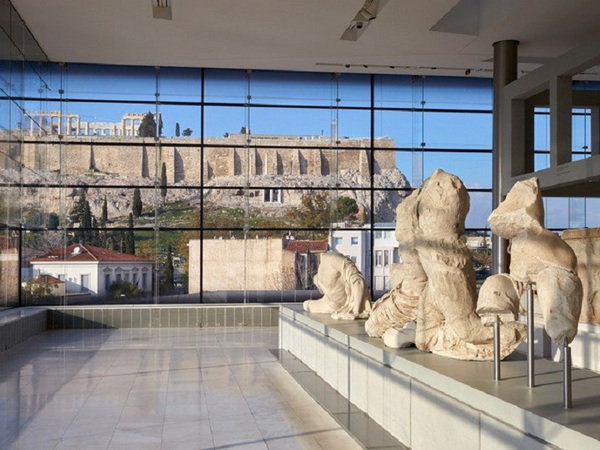
Upon entering the Museum, visitors are greeted by a spacious ramp adorned with a glass floor, leading to the exhibition area housing artifacts from the slopes of the Acropolis. Transitioning from there, the gallery showcasing Archaic objects awaits on the southern side, illuminated by natural light pouring through skylights. Central stairs, escalators, and lifts guide visitors to the Parthenon gallery.
Guests are treated to an awe-inspiring sight as they behold the frieze, metopes, and pediments of the Parthenon. As they follow the designated route, they encounter post-Parthenon works, including the iconic Caryatids of the Erechtheion, along with Roman antiquities, before descending through the sloping ramp. Adjacent to the galleries, expansive auxiliary areas spanning 23,000 square meters cater to various needs. The ground floor hosts a shop, cafe, lecture hall, and spacious temporary exhibition galleries.
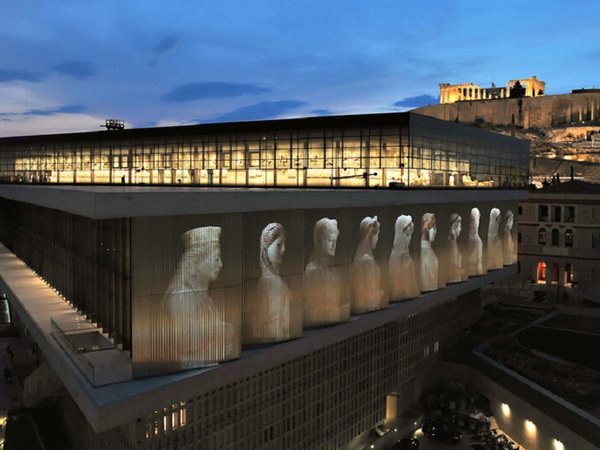
Within the glass-clad hall of the atrium, or cella, of the Parthenon lies a captivating space featuring both a glass floor and ceiling. Here, a collection of inscriptions dating back to various eras, primarily the 5th century BC, associated with the Parthenon's construction, is showcased.
Spanning an estimated area of 14,000 square meters, the Museum galleries offer visitors a journey through the evolution of Attic art, from the Archaic period to the zenith of the classical era in the 5th century BC.
Among the treasures on display are masterpieces of sculpture that once adorned the Acropolis temples or were presented as offerings. From the intricate pedimental limestone sculptures depicting myths to the exquisite works by the renowned sculptor Phidias, the Museum houses a plethora of captivating exhibits that enthrall visitors from around the globe.
